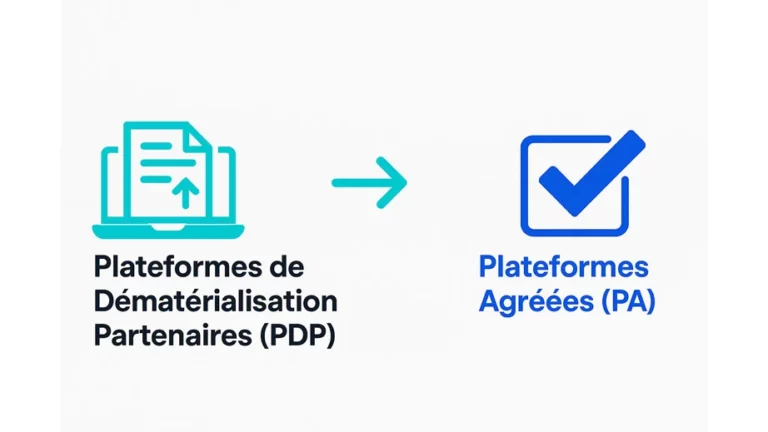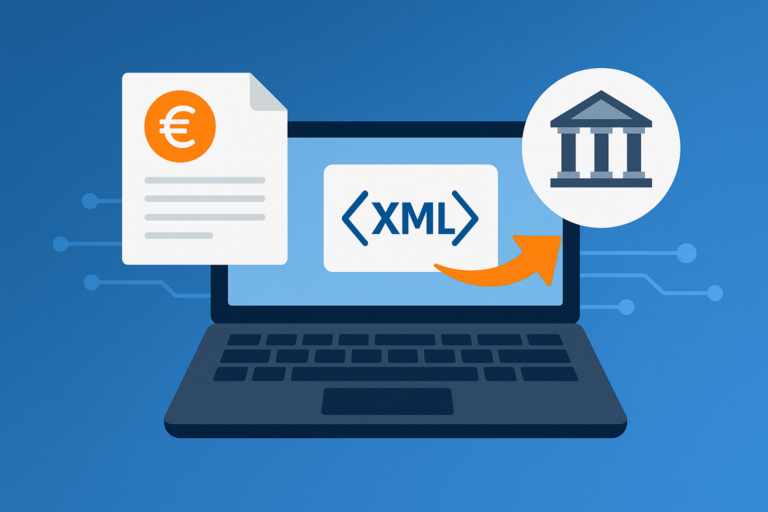The Electronic Document Management, better known by the acronymGED, designates a set of processes and technologies intended tomanage documents digitallywithin an organization. It aims to replace or supplement traditional paper management methods with acentralized, automated and secure system. EDM thus makes it possible toscan, classify, store, share, search, and archiveall documents useful for the activity of a company.
A structured process
The operation of an EDM system is based on several key steps:
Archiving: documents are kept in compliance with legal obligations (duration, formats, integrity).
Digitization: physical documents are scanned to be converted into digital files.
Ranking: these files are organized according to a logical tree structure, or usingmetadata(names, dates, projects, authors, etc.).
Storage: documents are saved in a database or on a secure server, internally or in the cloud.
Access and dissemination: authorized users can view, modify or share documents according to their access rights.Le fonctionnement d’un système de GED repose sur plusieurs étapes clés :
The benefits of EDM
Implementing an EDM solution presents manystrategic advantages :
- Cost reductionrelated to printing, storage and physical management.
- Save timeconsiderable in the research and processing of documents.
- Enhanced security, with access traceability, automatic backups, and protection of sensitive data.
- Improvement of theproductivityand of thecollaboration, particularly in a context of teleworking or multi-site working.
Finally, EDM is part of an approach todigital transition and sustainable development, by reducing paper use and facilitating compliance with regulations, such as theGDPRand Europe.




